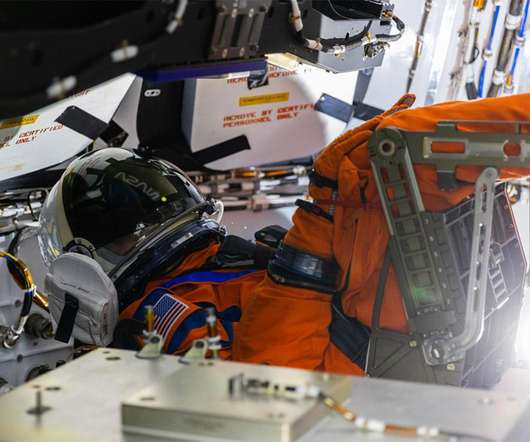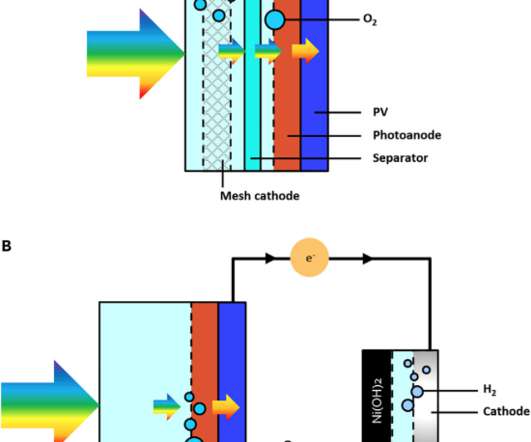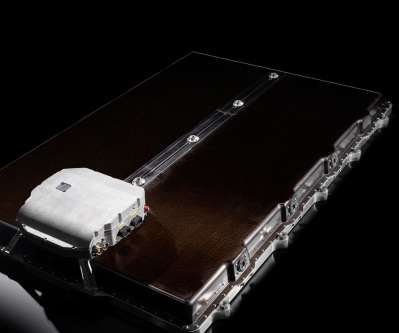Israeli company reports successful stage 1 testing of solar CO2-to-fuels technology
Green Car Congress
JANUARY 26, 2014
Israel-based NewCO2Fuels (NCF), a subsidiary of GreenEarth Energy Limited in Australia, reported completion of stage 1 testing of its proof-of-concept system for the conversion of CO 2 into fuels using solar energy. Driving the system using a solar-based heat source (100% renewable). Concept of the NCF process. Click to enlarge.



















Let's personalize your content